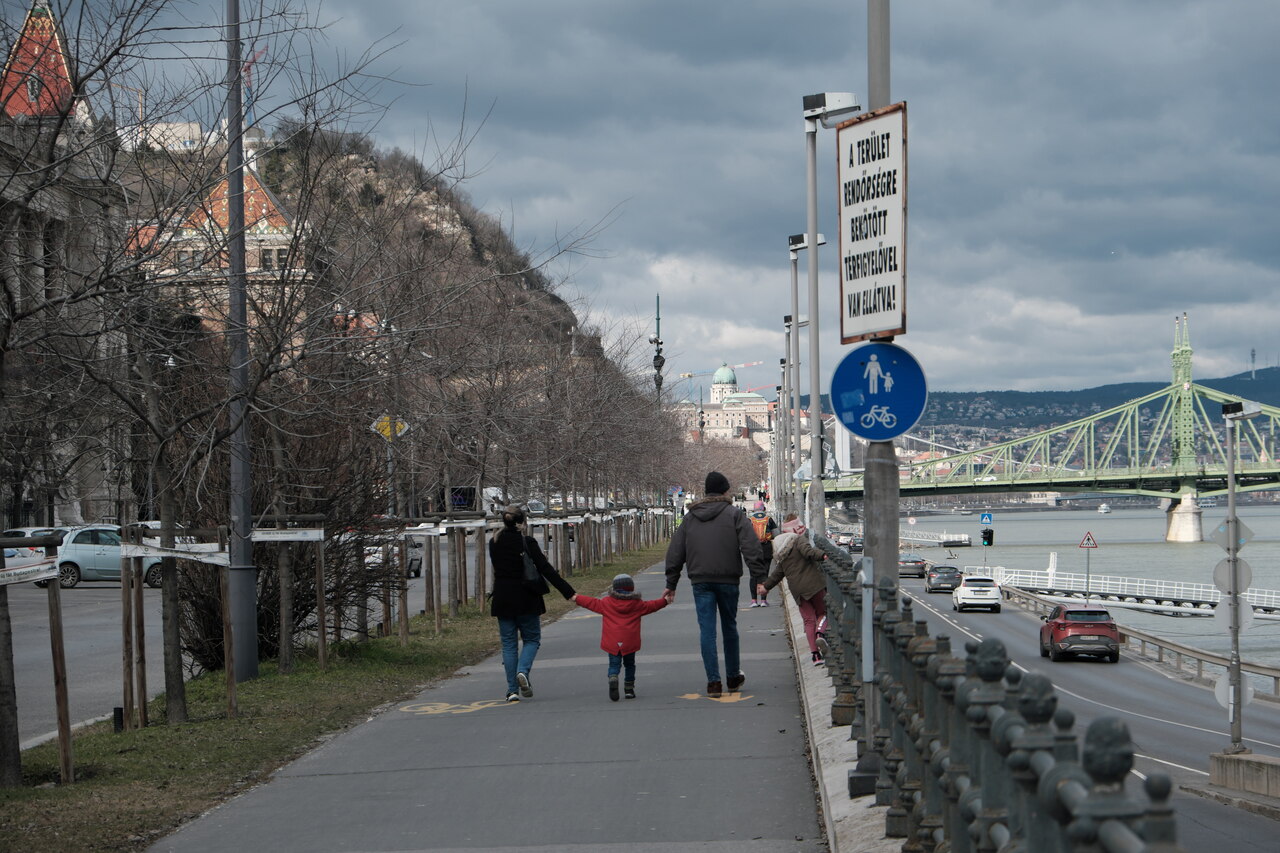Exploring Budapest’s street names: From gender disparities to naming after non-existent individuals

Budapest, the capital of Hungary, boasts a unique and diverse array of street names that reflect its rich history, cultural heritage, and evolving social landscape. An innovative map project by a team of dedicated experts has shed light on the intriguing patterns and peculiarities of Budapest’s street naming conventions.
Street naming statistics
Budapest’s street naming practices reveal some interesting statistics:
- The city has 8,598 public spaces according to the Budapest Capital Public Space Register.
- 30% (2,591) of these spaces bear personal names.
- Of the personally named spaces:
- 89% (2,309) are named after men
- 11% (282) are named after women
- 10% (249) of public spaces are named after unidentified or fictional characters, Maxinewz writes.

The gender gap in street names
The stark disparity between male and female representation in street names is evident, with only 224 public spaces named after women, ÉnBudapestem writes. This imbalance has not gone unnoticed, and efforts are being made to address it:
- The 2nd District municipality named five public spaces after women in 2021.
- In February 2023, they held a vote for naming additional spaces after notable women.
- The 11th District (Újbuda) named four new streets after women connected to the district’s history.
- The 14th District (Zugló) named three public spaces after prominent women on International Women’s Day in 2023.
Creative naming strategies
To avoid potential controversies associated with naming streets after historical figures, Budapest has employed several creative naming strategies:
- Thematic naming:
- In the 17th District, streets are named after settlements in the Jászság region.
- Some areas use numbered streets (e.g., 1st Street, 2nd Street).
- Nature-inspired names:
- Groups of streets named after flowers, creating a “meadow” effect on the map.
- Personal names:
- Some neighbourhoods feature streets with common first names, creating a friendly atmosphere.
- Fictional or unidentified characters:
- About 10% of public spaces are named after unidentified or fictional characters, avoiding potential political controversies.
Changing trends and future outlook
The trend towards more inclusive and diverse street naming is gaining momentum:
- Municipalities are actively working to improve the representation of women in street names.
- Public voting is being used to engage citizens in the naming process.
- There’s a growing recognition of the importance of honouring women’s contributions to history and culture through street names.
As Budapest continues to evolve, its street names serve as a reflection of its past, present, and future aspirations, creating a rich tapestry of cultural and historical significance throughout the city.
Read also:
- Budapest intends to exercise pre-emption rights, moves to block controversial mini-Dubai development
- Major Budapest mall to close, new shopping centres expected






The “gender” “gap” exists because, throughout history and even today, there have been far fewer prominent women than men.